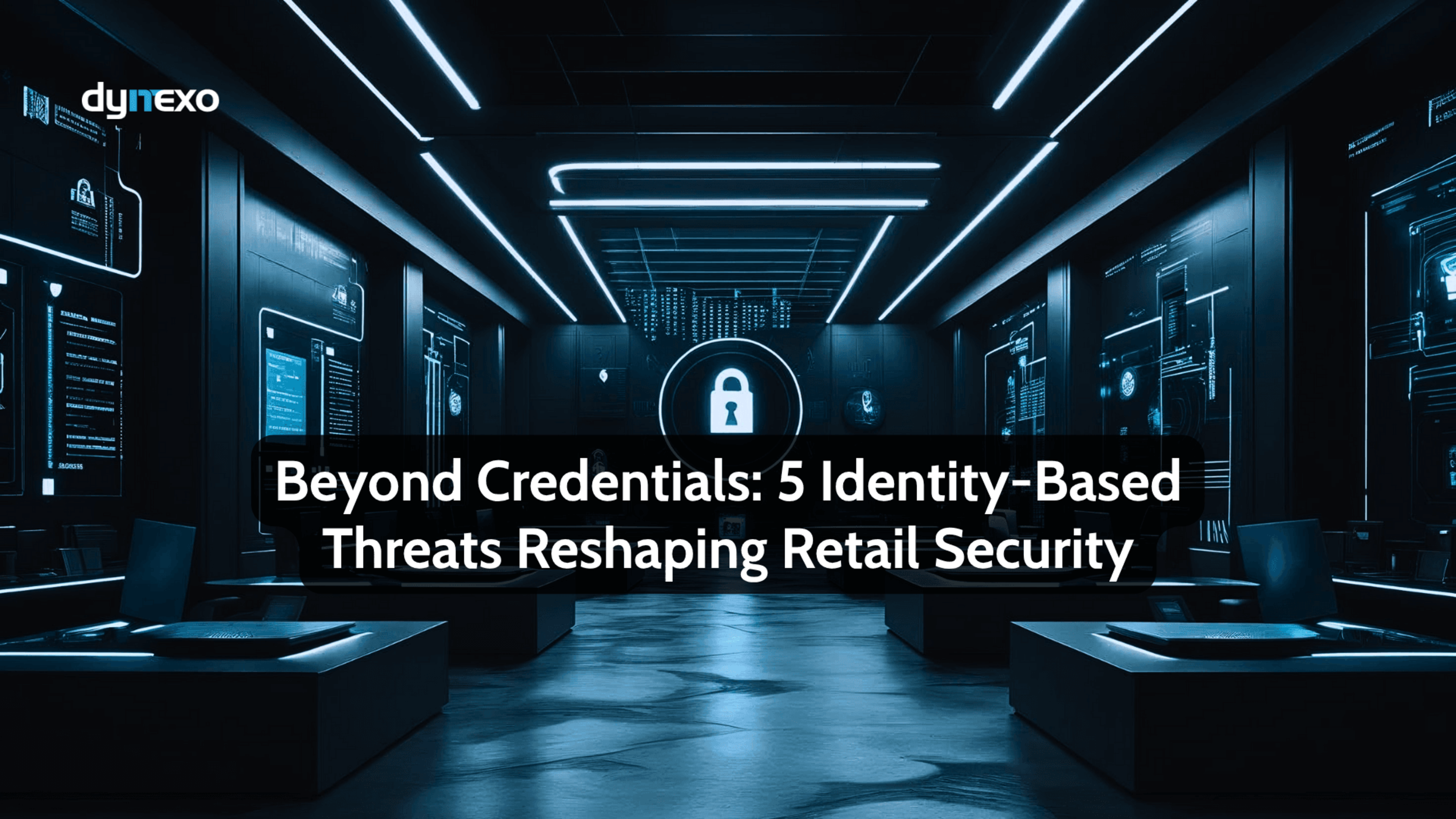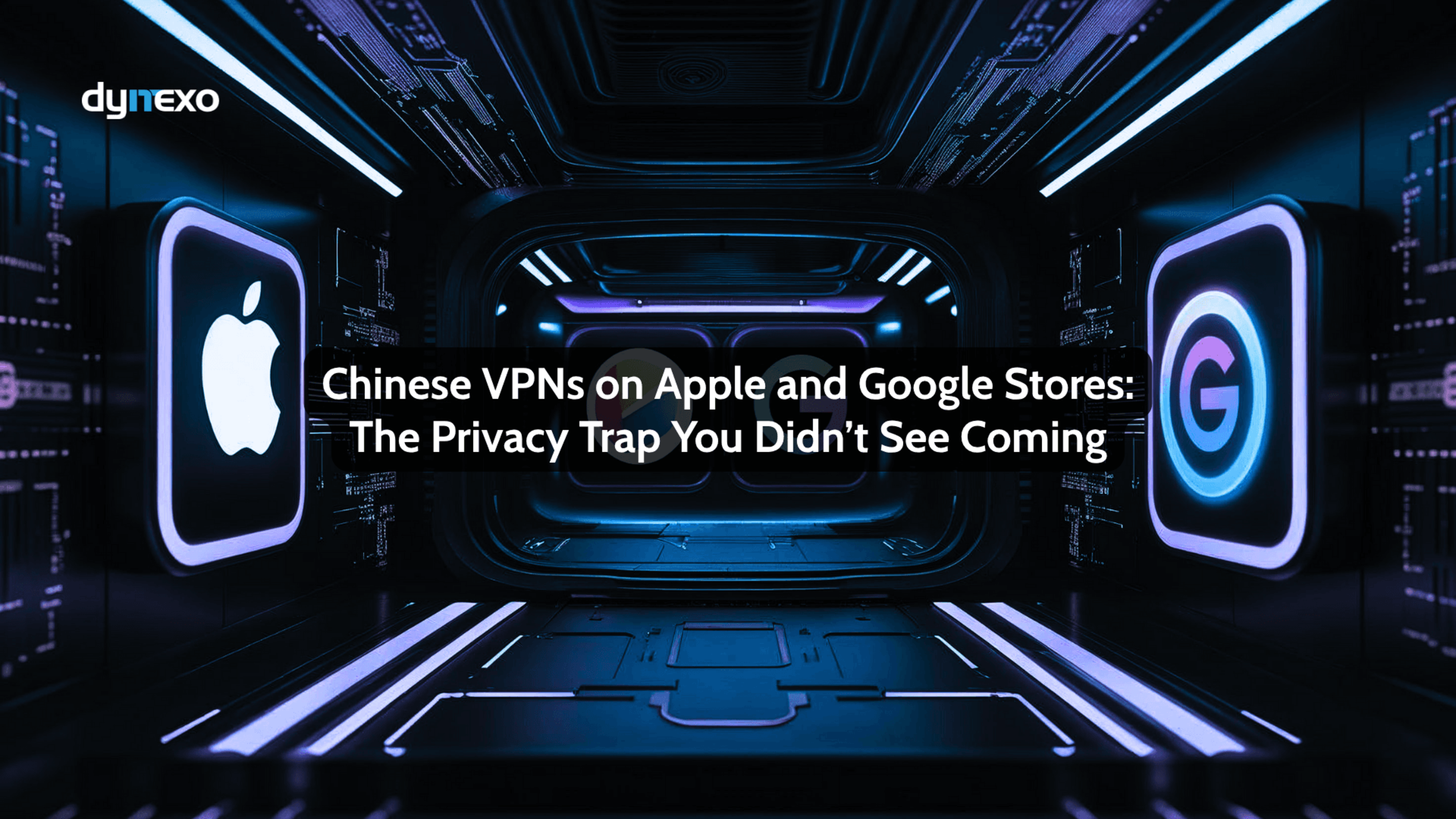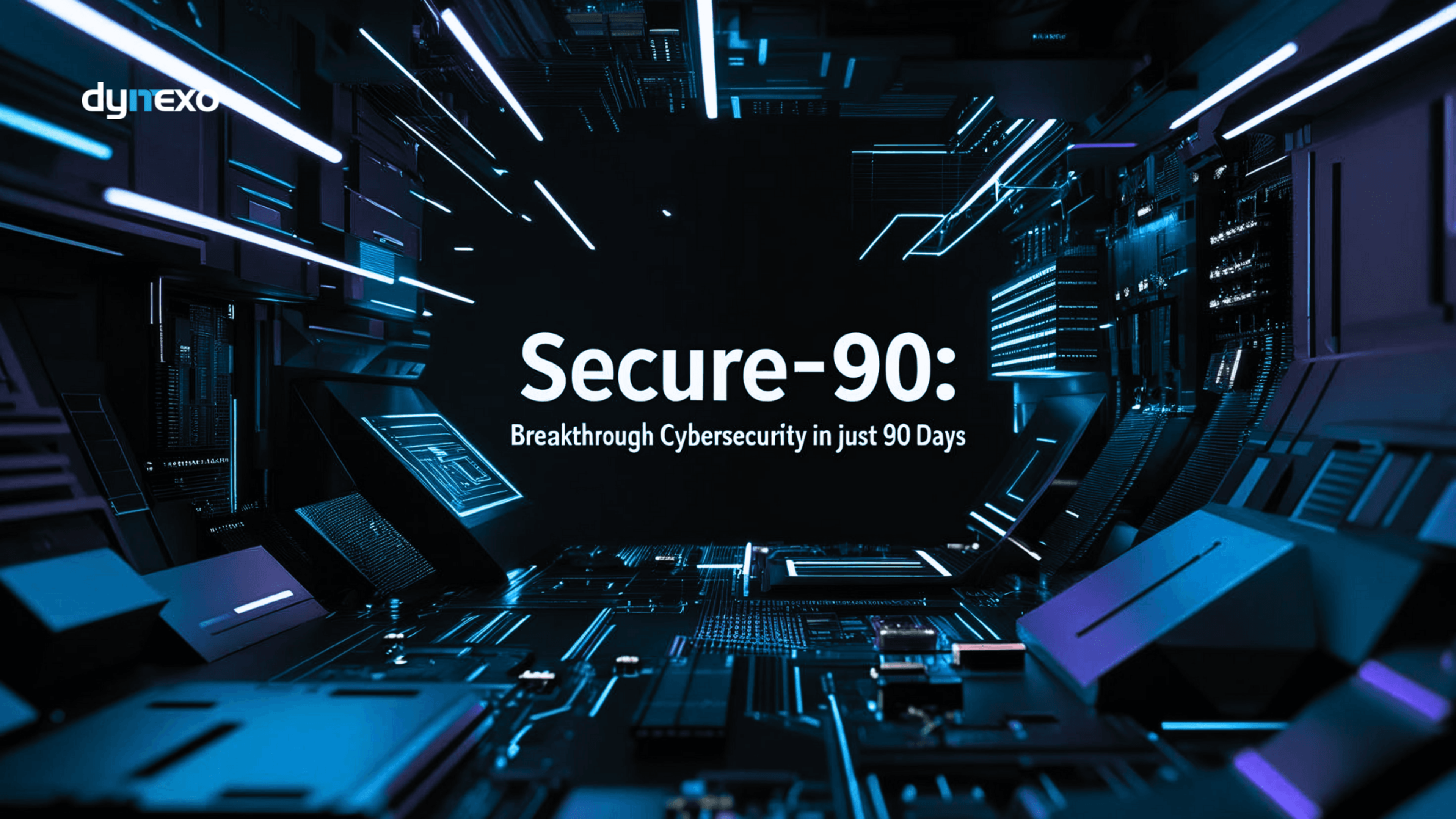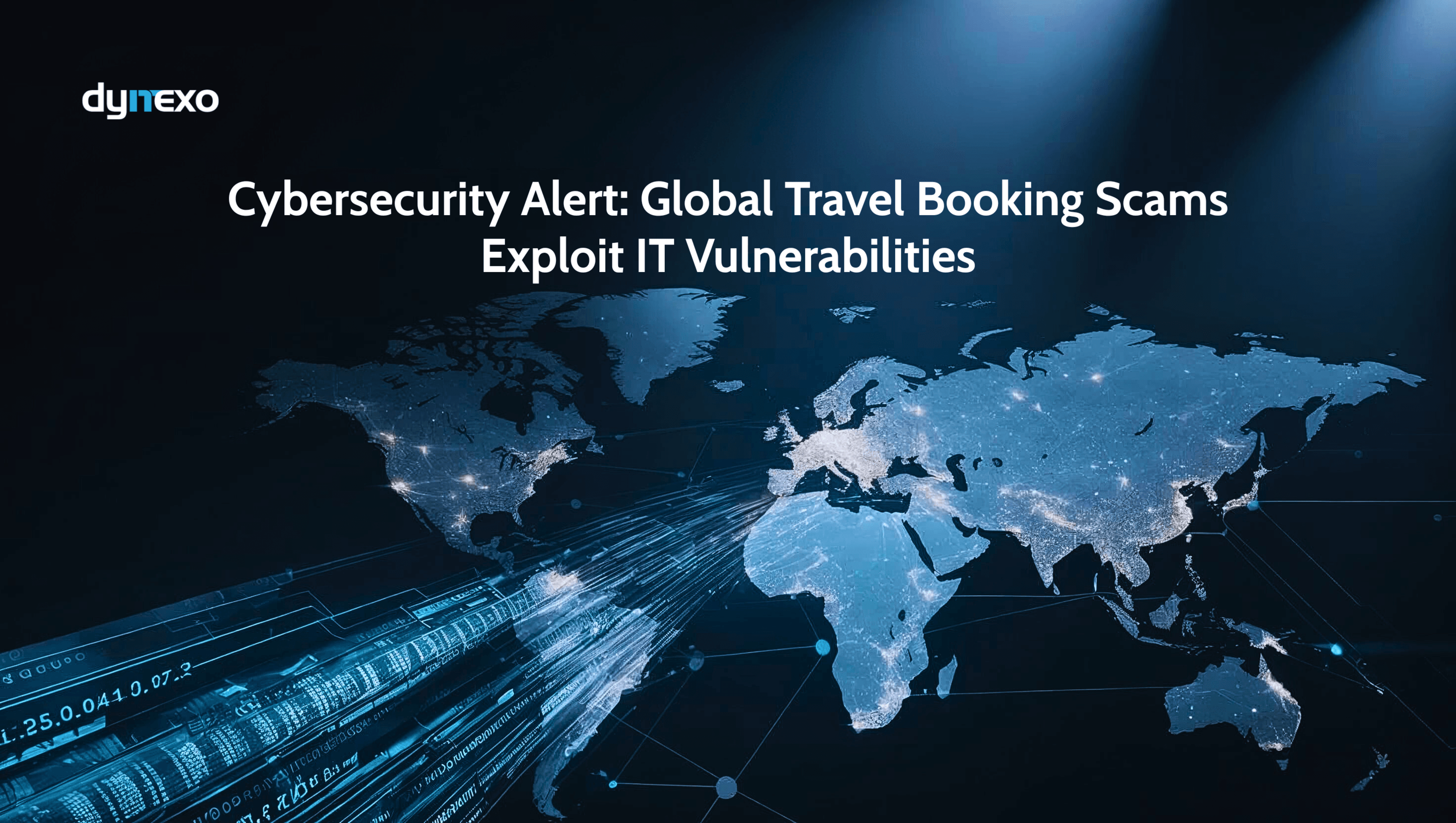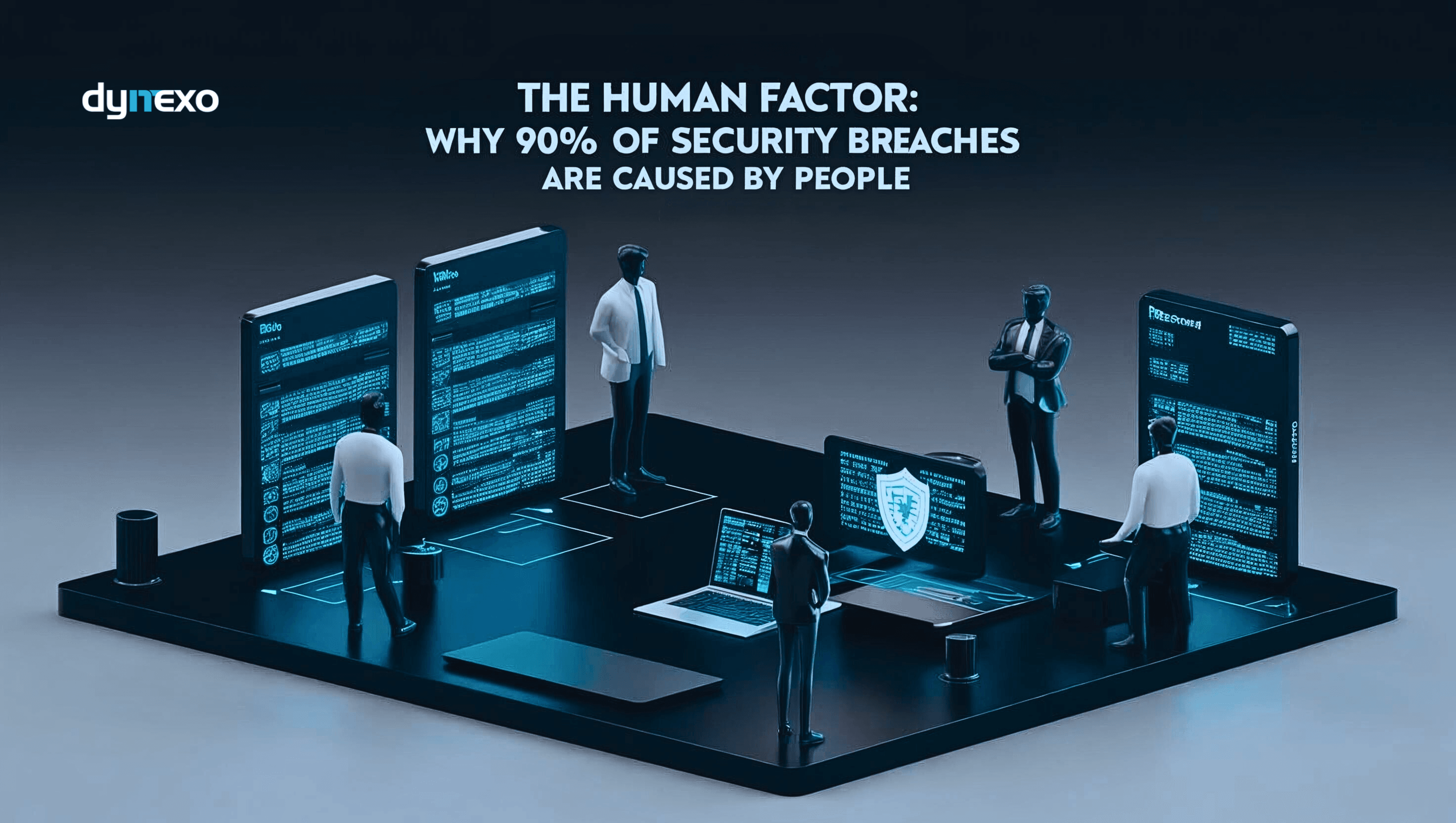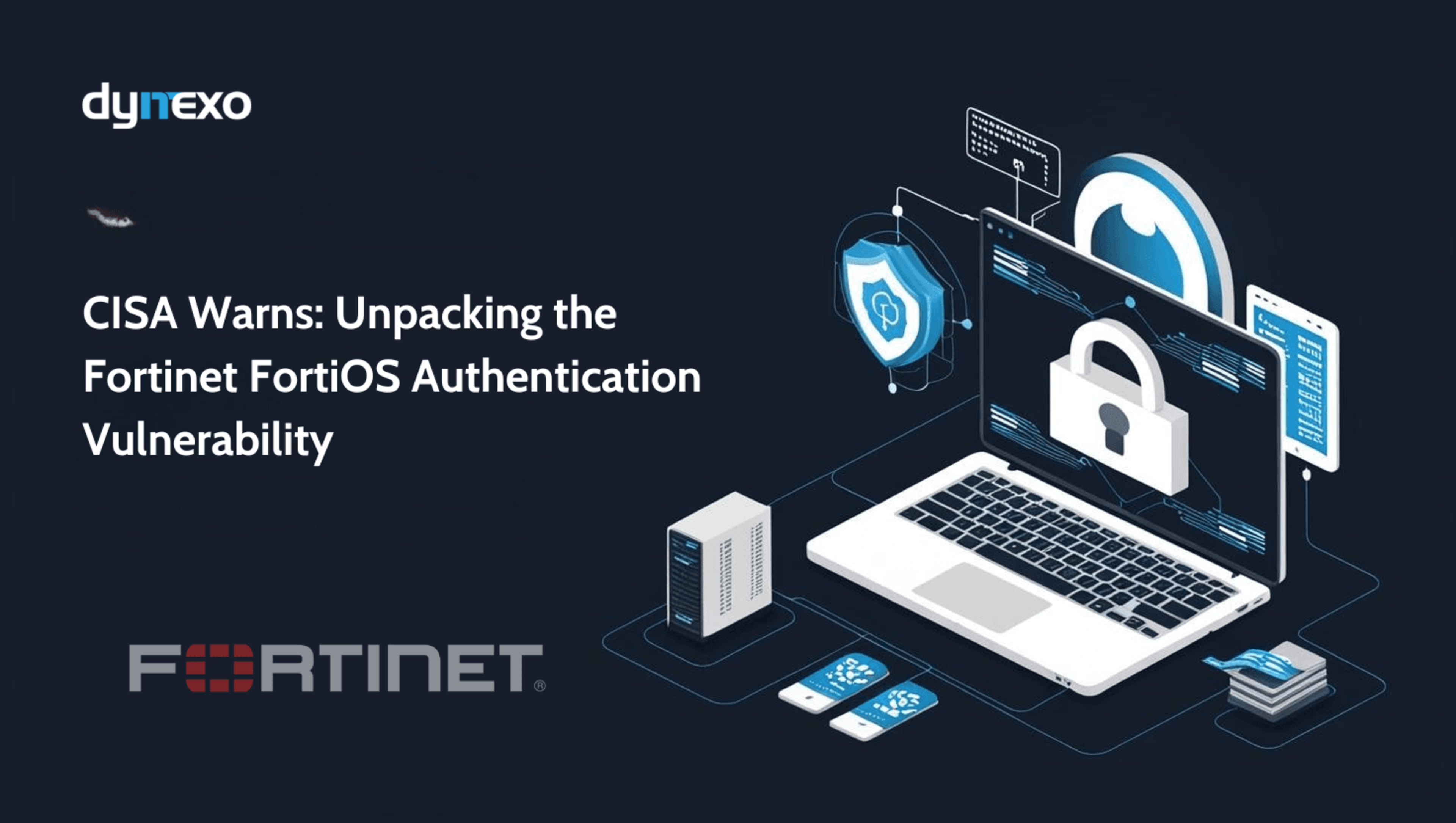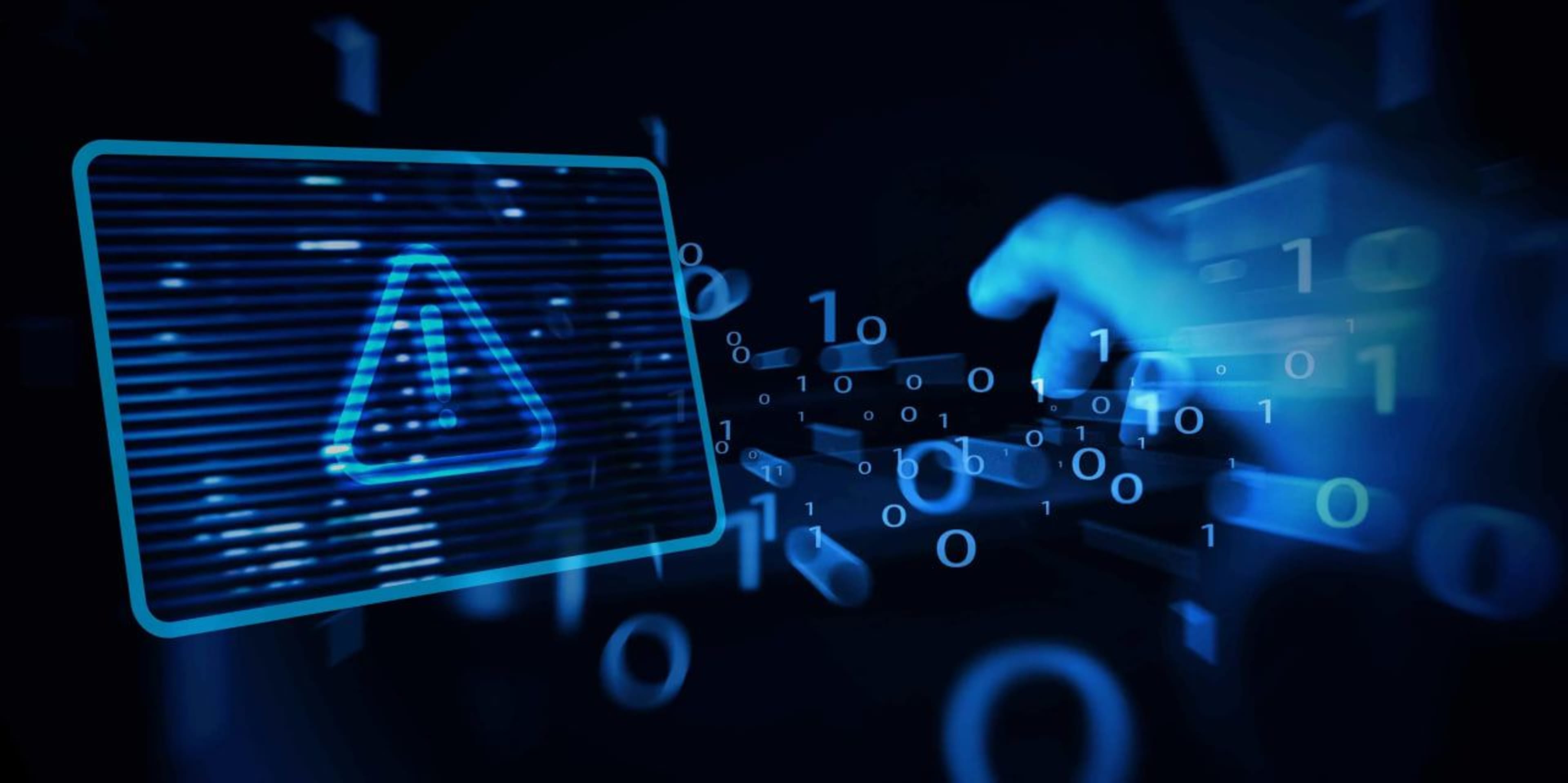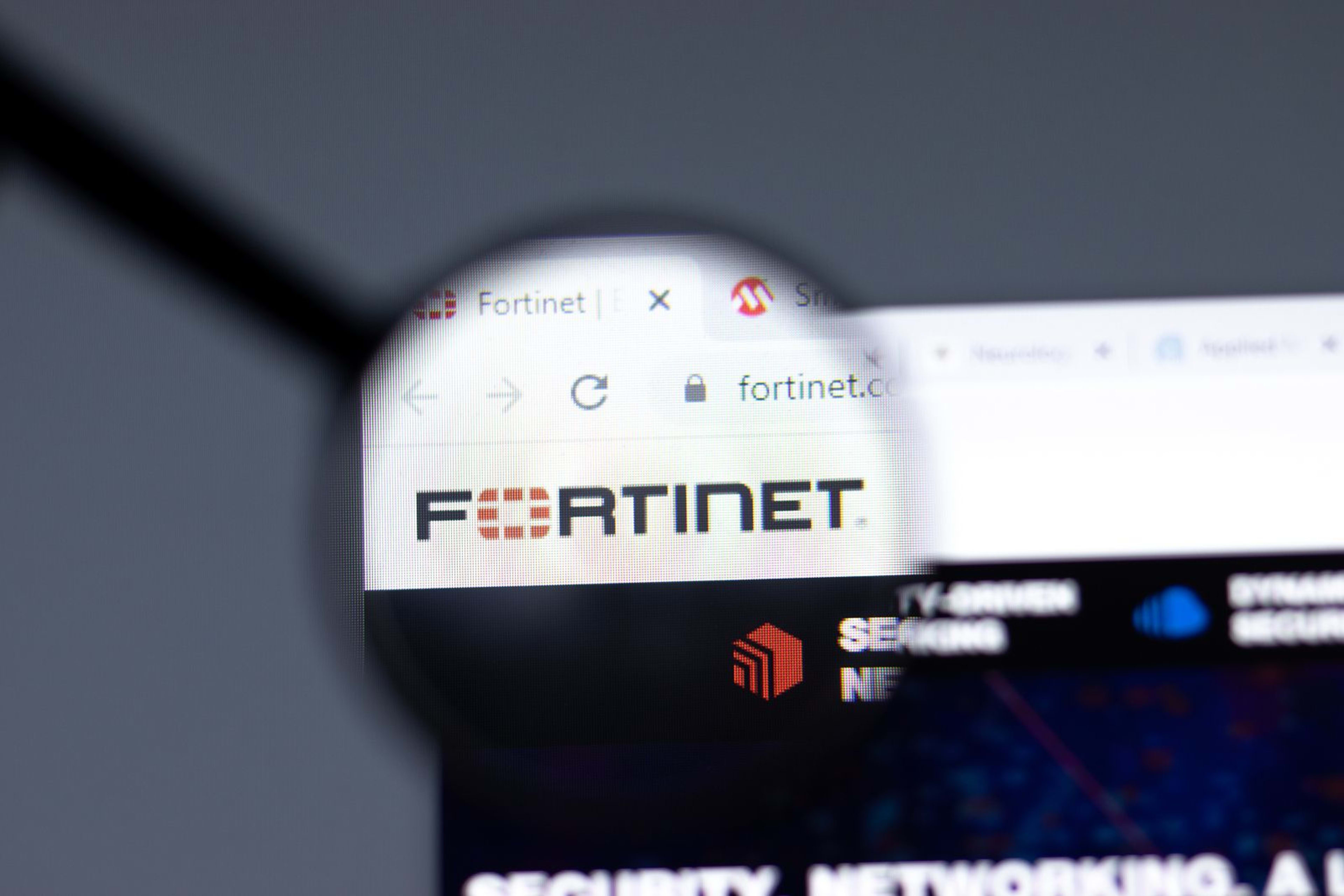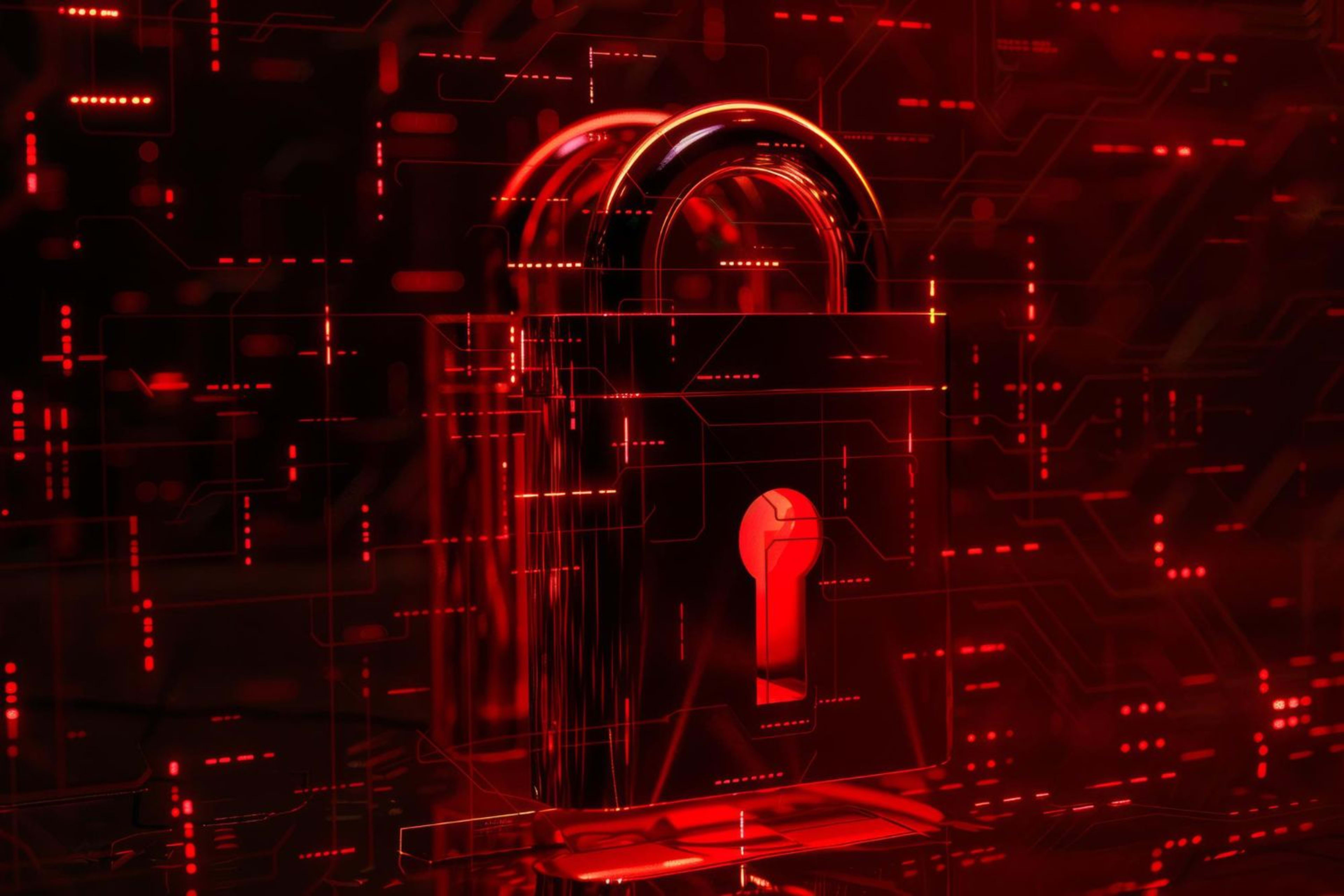Handling the Quantum Threat to Safeguard Our Digital Future
Judia Nguyen / 11.03.2024
One of the main concerns in the constantly changing security landscape is the impending advent of quantum computing. Although it claims to bring about revolutionary improvements, our digital infrastructure is seriously at danger due to its capacity to break popular encryption methods like RSA and ECC. This blog examines the possible effects and the proactive steps being taken to lessen the hazard. Post-Quantum Cryptography (PQC) algorithms, such as those in NIST's PQC project, are being actively developed and standardized by the cybersecurity community. Maintaining a close eye on these developments and organizing a seamless shift to PQC solutions will be essential to safeguarding our digital future.
The Threat
At the heart of the quantum threat lies the fundamental difference in how quantum computers operate compared to classical computers. Traditional cryptographic methods rely on complex mathematical problems that are computationally difficult for classical computers to solve efficiently. However, quantum computers leverage the principles of quantum mechanics, such as superposition and entanglement, to perform calculations in a vastly different manner. This gives them the ability to potentially break widely used encryption algorithms like RSA and ECC, which are currently considered unbreakable by classical computers.
Impact
The implications of a successful attack on our current encryption algorithms by quantum computers are far-reaching and profound:
Breached Communication: Encrypted communication channels used in online banking, email, and messaging apps could become vulnerable, exposing sensitive data to malicious actors.
Compromised Data
Encrypted data stored on devices or cloud servers could be decrypted, leading to the theft of confidential information and undermining data privacy.
Disrupted Infrastructure: Digital infrastructures that rely on encryption, such as online transactions and secure access to services, could face disruption, resulting in financial losses and erosion of trust in online systems.
The Response
Fortunately, the cybersecurity community is not sitting idly by in the face of this impending threat. Several key strategies are being pursued to mitigate the risks posed by quantum computing:
Post-Quantum Cryptography (PQC)
Researchers are actively developing new cryptographic algorithms that are resistant to attacks from quantum computers. These PQC algorithms are being standardized by organizations like NIST to ensure widespread adoption and compatibility across different systems.
Transition Plan
A smooth transition from current encryption algorithms to PQC is essential for maintaining security in the quantum era. This involves identifying critical systems, assessing their vulnerability to quantum attacks, and developing a phased migration plan for implementing PQC solutions.
Quantum-Safe Protocols: Efforts are underway to design communication protocols that remain secure even in the presence of quantum computers. These quantum-resistant protocols aim to uphold the integrity and confidentiality of digital communications in the face of evolving threats.
The Timeline
While quantum computers are still in the developmental stages, experts believe that it's only a matter of time before they reach the computational power necessary to break current encryption methods. Estimates suggest that this could happen within the next decade or two. However, the development and deployment of PQC solutions are also progressing in tandem, offering hope for a resilient and secure transition to the quantum age.
Overall
The rise of quantum computing presents a formidable challenge to cryptography, but it's not an insurmountable one. By proactively embracing PQC solutions, developing quantum-resistant protocols, and carefully planning the transition process, we can safeguard the security and integrity of our digital infrastructure in the quantum era. As we navigate the complexities of this technological frontier, collaboration and innovation will be key in ensuring a secure and resilient digital future for generations to come.


